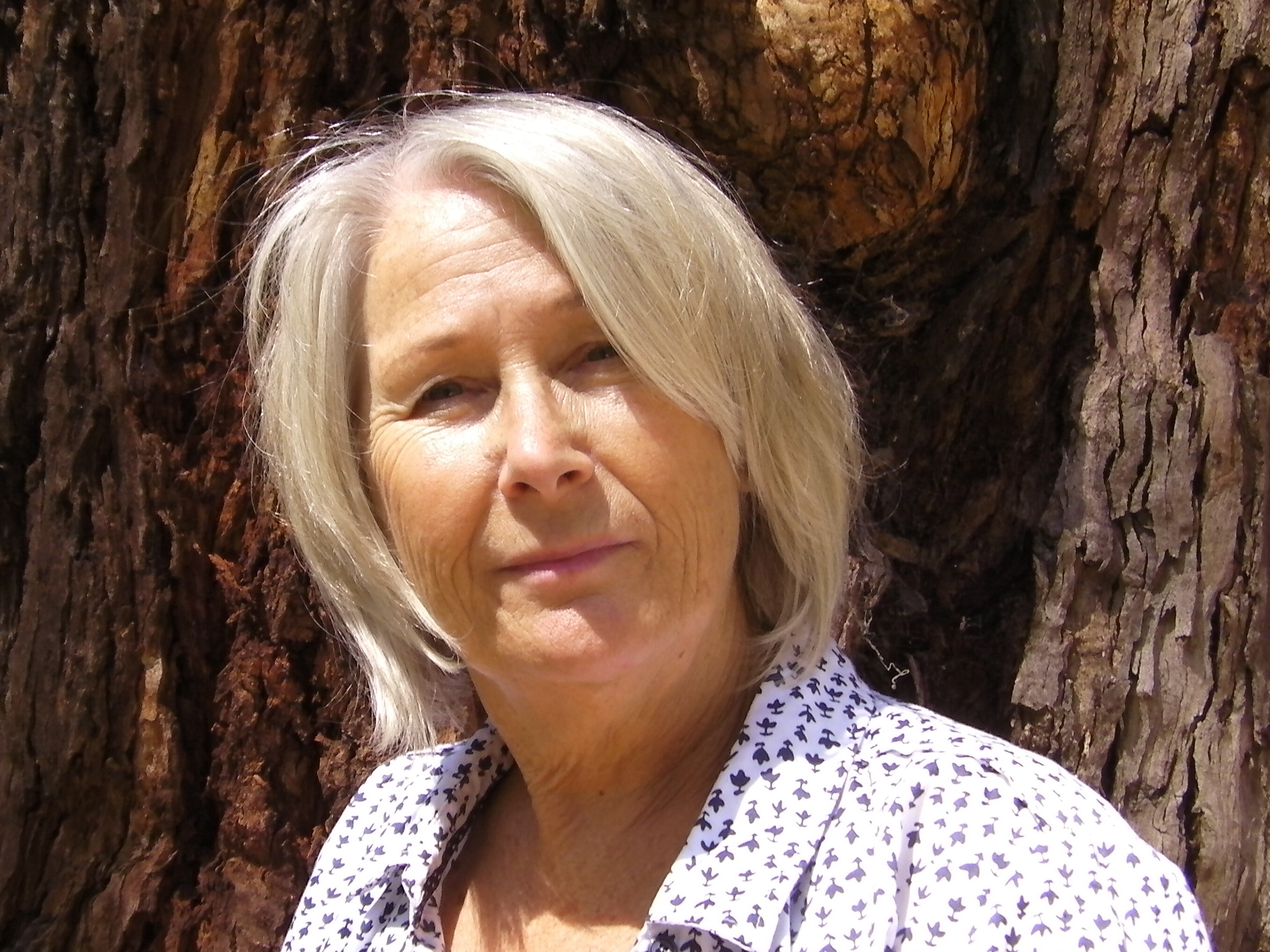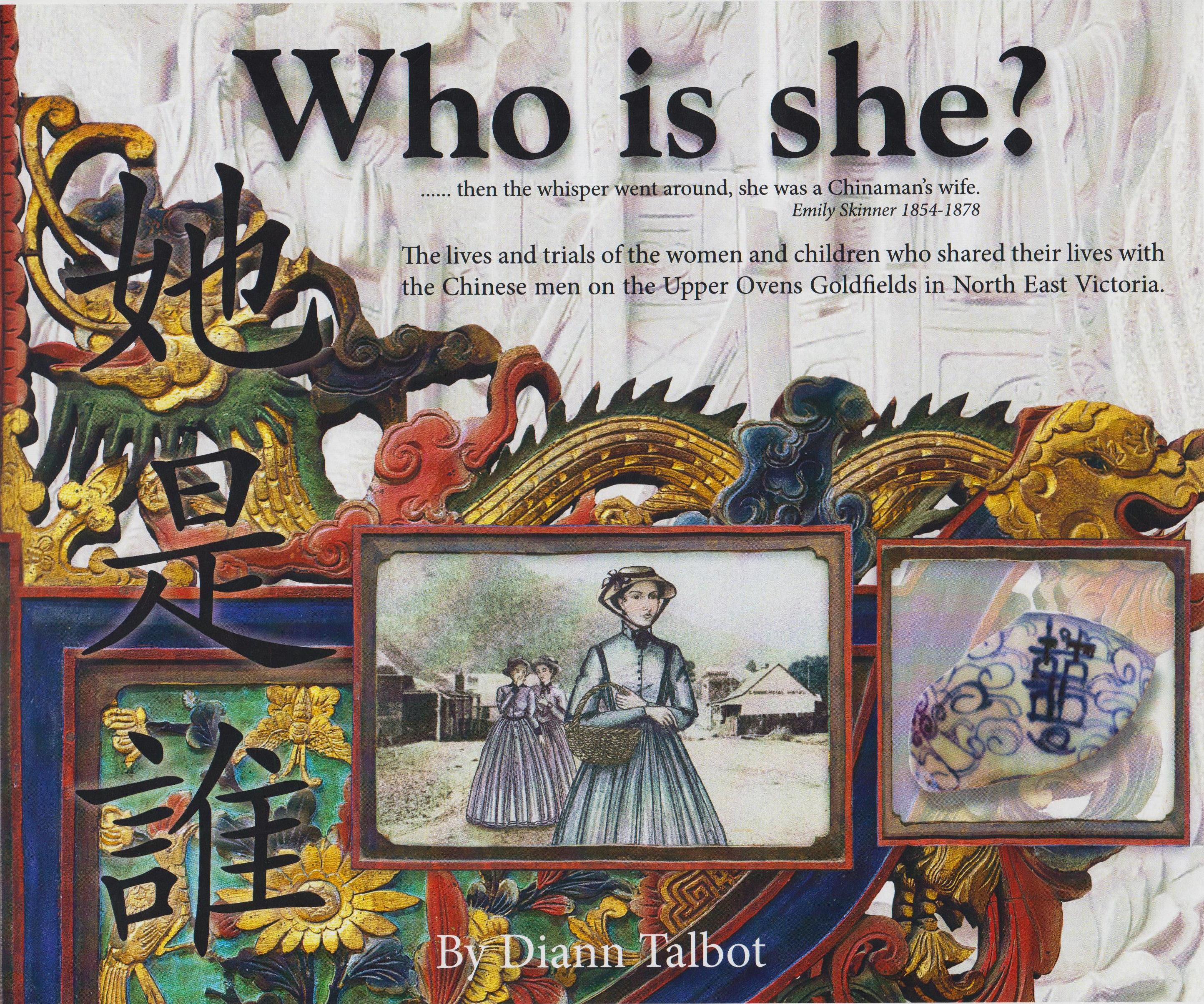Why Buckland?
Unlike the earlier rushes, in Victoria and New South Wales, where the hordes well armed with the usual goldfields propaganda were heading off fully confident they’d reap certain riches, the Buckland rush was one of desperate necessity.

My Journey
My interest in local history began in my early years as much of my childhood was spent in the care of my grandparents. I was the fifth generation of my family to live in the area and my grandfather’s reminiscences of his childhood growing up in Bright held a great fascination to me. Sunday afternoons would often be spent driving around the area exploring the back tracks and listening to grandpa talk about the “good old days”, point out where certain houses and buildings once stood and of course the tales of gold, goldmines and dredges were also a fascination. He spoke often of the Chinese and always in a positive way, he talked of his Chinese school friends and could count up to ten in Chinese and say some words in Chinese.
Later on when I began to read and gather a collection of local history books I became frustrated at the lack of information regarding the Chinese pioneers of the area, and in more recent times, the lack of information or even a mention of their spouses and partners. This lack of information became more apparent to me when I was researching and writing my book, “The Buckland Valley Goldfield” in the late 1990s, it was then that I started to take an active interest in researching and recording whatever information I could source regarding the Chinese residents of the Upper Ovens area.
My interest in the Anglo/Chinese relationships came about through the discovery of a photo in my great grandmother’s photo album, it was the image of a beautiful young girl, the reverse inscription read, “Dear Premetta died 9th October 1885, I heard the voice of Jesus say, come unto me and rest.” Research revealed that Premetta’s mother was Lucy Duke and her father was a Chinese merchant from Harrietville, his name was Ah Hing, more research revealed that Lucy’s sister, Susannah Duke was also living in Harrietville with her storekeeper husband, Ah Yew. The story of the Duke sisters was very interesting, their father William Duke was a well-known colonial artist and some of his works are now in the collection of the Tasmanian Art Gallery. As my research file on the Duke family grew thicker I decided to write a small booklet on the lives of Lucy and Susannah, and their families.
As I delved further into the records I discovered that there had been other women living on the Upper Ovens Goldfield with their Chinese husbands or partners. Very little had been written about the lives of these women in local publications and I thought this was a great injustice, as they had lived, had babies in primitive dwellings, mourned the loss of their infants and struggled to survive in abject poverty just as the wives of the European pioneers did, but they also had to endure the prejudice of the times that was directed at the Chinese population and their European wives. To let the story of their lives, slip out of our recorded history without little more than a fleeting mention seemed to reinforce these old prejudices and I became determined not to let this happen.
My research spanned over a period of ten years, led me on many long and confusing journeys and the discovery of over 30 women living in Anglo/Chinese relationships on the Upper Ovens Goldfield. Consequently, my small booklet on the Duke sisters metamorphosed in a book of nearly 300 pages.
“Who is She?” has been a labour of love borne out of a determination to give those forgotten pioneering women a voice. In the process of doing so I feel as if I have come to know each one of them personally and hopefully, through the telling of their stories a new understanding of the hardships endued by the women involved in Anglo/Chinese relationships will result.
Sincerly,
Diann Talbot
Who is She?
Who is she is about the lives and tribulations of the women and children who shared their lives with the Chinese men of the Upper Ovens Goldfields in North East Victoria.
Out Now

